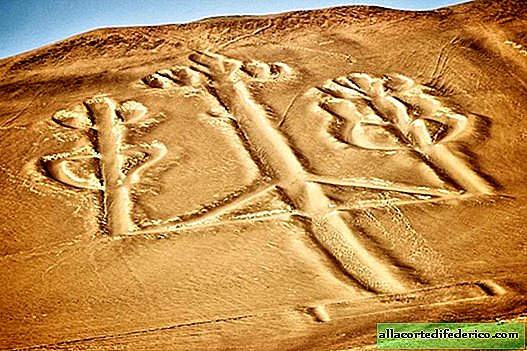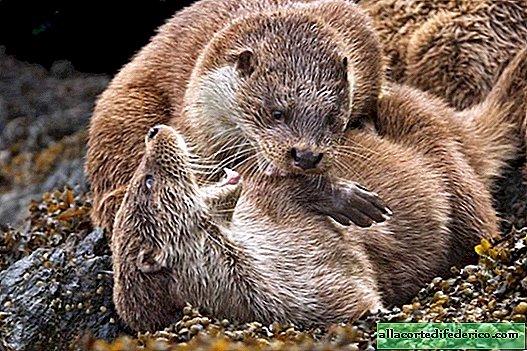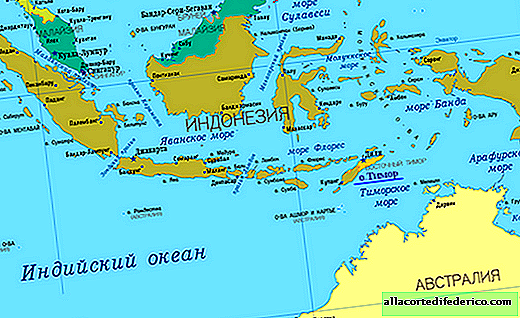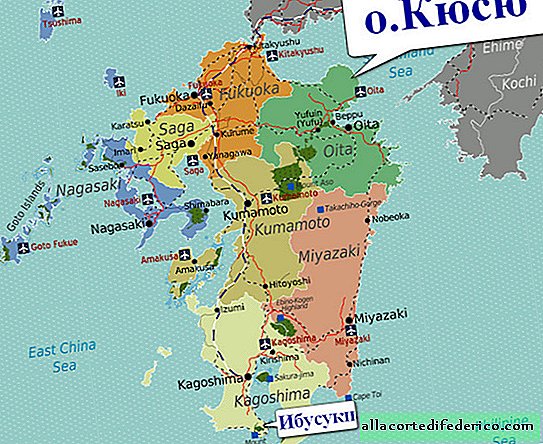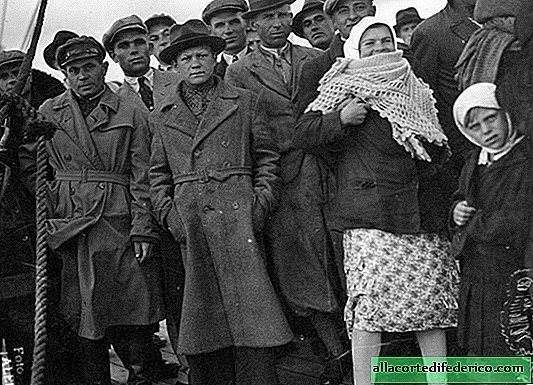Kangaroo proctopodons: modern kangaroos are just kids compared to them
Modern kangaroo species living in Australia rarely attack humans. This is mainly due to the careless behavior of people or pets that cause fear and aggression in kangaroos. But if the kangaroo is attacked, then the person can be seriously injured, and this despite the fact that the growth of the largest kangaroos - the big red kangaroo - does not exceed 1.4 meters. But not so long ago, much larger kangaroos lived on the mainland, whose growth reached 2.7 meters.

The last procoptodons lived in Australia during the Pleistocene era, and the found remains date back to the age of 18-50 thousand years. These kangaroos lived in the semi-arid southern regions of Australia, as well as on some islands. In particular, their fossilized footprints were found on Kangaroo Island.
 Comparative sizes of procoptodon and modern large red kangaroos
Comparative sizes of procoptodon and modern large red kangaroosThe genus of procoptodons included several species, but the largest of all the kangaroos discovered by paleontologists was the proctopodon goliath (lat. Procoptodon goliah) These animals weighed more than 200 kilograms, and their growth exceeded 2.5 meters. Like their modern relatives, the procoptodons moved in leaps, while resting on the tail. These were herbivores who had to flee from the predators that abundantly inhabited Australia of that period. This is a giant megalania lizard, and a Komodo lizard, and quincans crocodiles, and marsupial lions that hunted them.

Goliath procoptodon differed from modern kangaroos with a flattened front of the muzzle, as well as the presence of only two clawed fingers on its front legs. According to scientists, such a structure of the forelimbs was convenient for tearing off the leaves and young shoots that these kangaroos fed on.

As for the causes of the extinction of this species, there is so far no consensus in the scientific community. Most likely, their significant growth did not contribute to the development of high speeds when running. And the lack of sufficient mobility made them easy prey not only for predators, but also for primitive hunters. But, it is possible that the kangaroo died out due to climatic changes that occurred on the planet during this period, or both of these factors influenced them. Be that as it may, the huge kangaroos that lived in the vastness of Australia disappeared along with other representatives of the Australian megafauna, and we can only regret that we did not find them among the inhabitants of this amazing continent.

